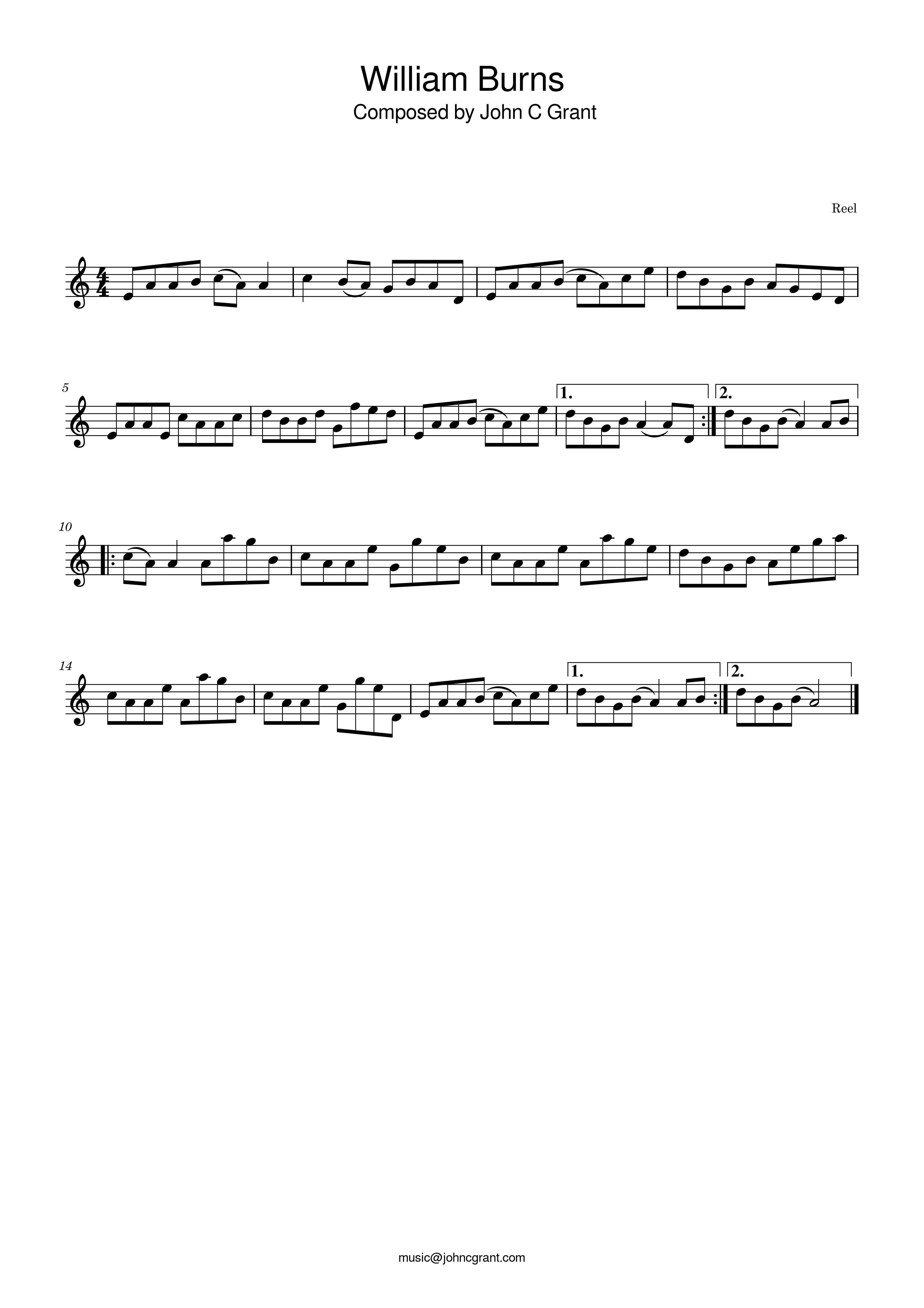William Burns (1767–1790) stands as the second youngest sibling of the renowned poet Robert Burns and the third son born to William Burness and Agnes Broun. His birth took place at Mount Oliphant Farm on the Doonholm Estate, situated near Alloway, approximately three miles from Ayr, on July 12, 1769. The Rev. William Dalrymple of Ayr parish and kirk christened him around August 6, 1767.
Within this family constellation, his siblings included Robert (born January 25, 1759), Gilbert Burns (born September 28, 1760), Agnes Burns (born September 30, 1762), Annabella Burns (born November 14, 1764), John Burns (born July 12, 1769), and Isabella Burns (born July 27, 1771).
Their familial journey led them from Mount Oliphant Farm to Lochlea Farm near Alloway in 1777, and subsequently to Mossgiel Farm near Mauchline in 1784 following the passing of William’s father, William Burnes. At Mossgiel Farm, William worked as a laborer, much like his brothers, and shared a modest loft room with his younger sibling, John.
Described as “intelligent and personable, but gentle and diffident,” William exhibited qualities that resonated with Robert Burns, who saw reflections of himself within his younger brother.
In a letter addressed to Dr. James Currie on June 23, 1802, John Murdoch, William’s former teacher, recounted a visit with William and noted his recollection of a moral lesson from childhood that greatly influenced his philanthropic outlook. Murdoch’s message emphasized the importance of serious conversations with children.
Nelly Millar, associated with Grassmilees Farm, recalled being William’s romantic interest. However, they drifted apart, leading Nelly to wed Mr. Martin. Despite this, she ensured that William attended a social event and shared a dance with him. William had apprenticed under Mr. Waddel as a saddler and later worked with Mr. Rodger in Kilmarnock.
For a time, when he was 18, William lived with his brother and family during Robert’s initial winter at Ellisland Farm. Amidst difficulties securing apprenticeships, both Robert’s friend Robert Ainslie and William experienced challenges in finding work.
Subsequently, William was apprenticed to a saddler in Longtown, Cumbria, followed by a move to Newcastle-upon-Tyne, where he worked with the saddlers Messrs Walker and Robson in Middle Street. With his qualification as a journeyman saddler, William obtained a temporary position in London with William T. Barber on the Strand. These roles necessitated an apprenticeship, with craftsmen specializing in the creation and repair of saddles, harnesses, and bridles.
Tragically, at the age of 22, William succumbed to a “putrid fever” in London on July 24, 1790. He was initially interred in the St Mary-le-Strand churchyard but later reburied in the Necropolis Cemetery in Woking. Robert Burns shouldered all funeral and medical expenses, as seen in a dated receipt from October 8, 1790.
Ten surviving letters exchanged between Robert and William showcase their relationship, wherein William often sought Robert’s counsel, revealing his self-doubt and dependence. Robert’s letters exhibited genuine concern, while offering advice on various aspects of life, especially pertaining to his new journey in London.
William’s presence left a lasting impact on his siblings, with Robert emphasizing his “affectionate, loyal, serious, never overbearing or dictatorial, and always frank” demeanor.
A guide track for ‘William Burns’ is available below for listening: -
You can download a PDF of the sheet music here
- or braille format here.
The track is additionally available within the following collections and sets: -
Associated Collections: -
4/4
Ayrshire Characters
Not Yet Recorded
Reel
Robert Burns
The Tarbolton Collection
The Three Six Five Collection

